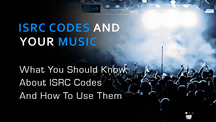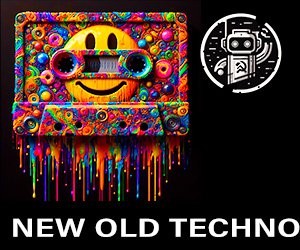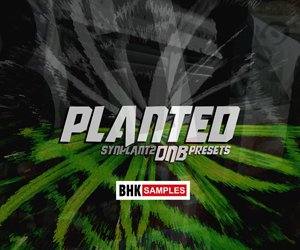As a continuation of the focus on ensuring that you are maximizing your returns on your music, let's quickly touch on ISRC codes. As we move into an ever increasing digital format, these are important to all of you who run labels. If you are an artist who will be releasing on a digital label that uses a digital distributor (like IODA for example), it’s worth finding out if they use ISRC codes. If they don’t it’s likely that they, and you, won’t necessarily collect on every use of your music.
There are quite a few good resources already online about ISRC so I won’t rehash everything. To sum it up in a nutshell, “the ISRC (International Standard Recording Code) is the international identification system for sound recordings and music videorecordings. Each ISRC is a unique and permanent identifier for a specific recording which can be permanently encoded into a product as its digital fingerprint…an ISRC code is encoded into your track and identifies it as belonging to you, it makes the job of logging radio plays and royalty collection much easier for all concerned. You’ll get your royalties quicker and you’ll also be able to prove that you own the recording.”
Now, if that’s not good enough reason for you to be interested you might not want to be running a label! You will recall that last post I mentioned joining PPL as a performer or label so that you were set up to get performance rights royalties for the use of your music in public. If you are a record company, once PPL has confirmed your membership, you can then apply for your unique Registrant Code and list of numbers. As mentioned before, joining PPL and this process is FREE. I am not sure about non-UK performance rights societies but here is Wikipedia’s list again. They should be able to tell you – I am sure the process is very similar.
Once you are supplied with a list of codes, you apply a unique code to each track during the master burning process. You just use something like Roxio Jam to simply embedd the code into the master file.
Here’s a brief but good summary of the whole process – hope it helps.












